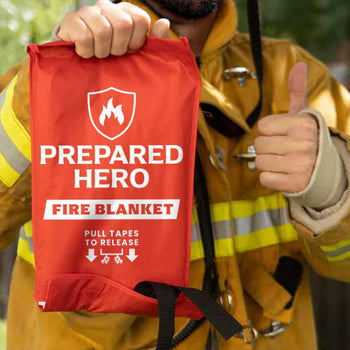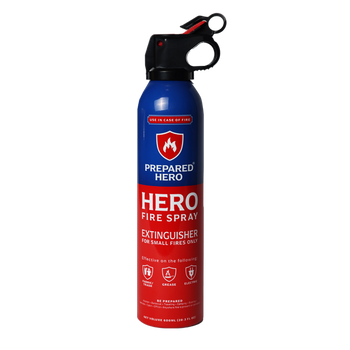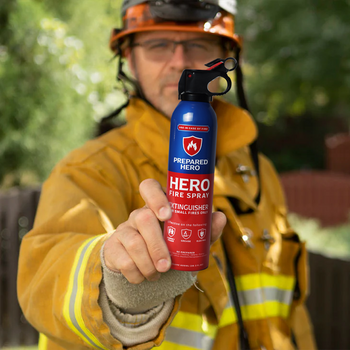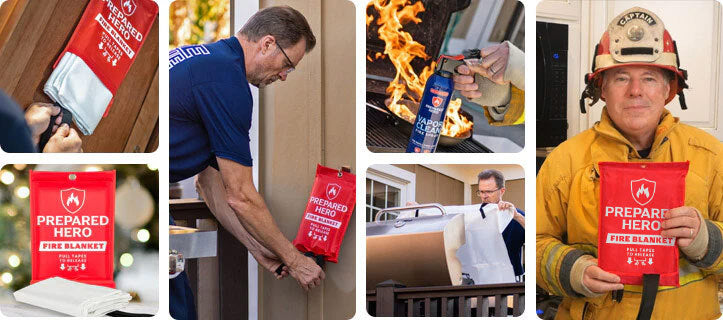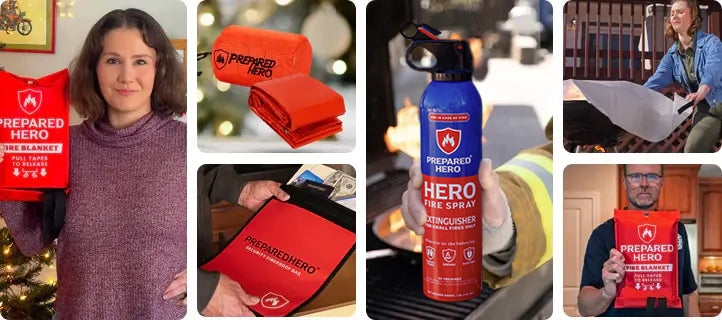Where you put your smoke detectors matters just as much as installing them. Proper placement makes sure they can detect...
An emergency action plan only works if people are actually trained to use it. That means going beyond a quick meeting or handing out a document. It’s about making sure the whole team knows how to respond when something unexpected happens.
So, who should be trained on the contents of an emergency action plan? What should your plan contain? Who should make it? Let’s break everything down below.
What Is an Emergency Action Plan?

An emergency action plan (EAP) is a written plan that explains the steps to take in an emergency. It helps employers, employees, and clients know exactly how to respond during a crisis. Whether it’s a fire, a medical emergency, a chemical spill, or even workplace violence, an EAP lays out exactly what people should do to stay safe.
It basically covers evacuation procedures, where to meet afterward, who’s in charge of what, and how to contact emergency services. Plus, it lays out instructions for using fire blankets, fire sprays, or fire extinguishers, managing hazardous materials, and handling weather-related disasters. The Occupational Safety and Health Administration (OSHA) requires emergency action plans for workplaces in the United States.
A solid EAP helps reduce confusion when something dangerous happens. It also decreases the risk of injury, damage to the building, and loss of life. Everyone at work should know what’s in the EAP and be trained on how to follow it. This way, people can act fast and safely if an emergency ever hits.
In a gist, an emergency action plan isn’t just a piece of paper. It’s a crucial part of keeping a workplace safe, being compliant with safety laws, and making sure people are ready to respond to emergencies.
Emergency Action Plan Requirements

Creating an Emergency Action Plan (EAP) might sound complicated, but OSHA lays out its components. Here are the requirements you need to include in your EAP:
1. Reporting Emergencies
The first EAP requirement is to show employees exactly how to report an emergency. This isn’t the time for guesswork. Whether it’s dialing 911, hitting a manual fire alarm, or using an internal emergency number, everyone needs to know the steps.
If your team uses internal phones, make sure the emergency numbers are posted near each one. Some places use intercoms or coded messages to alert the entire building. That’s fine as long as everyone understands how to use it and what each code means.
Plus, the goal is simple: don’t waste time. Emergencies like electrical fires or chemical spills escalate fast. Seconds matter, so train your team on how to act immediately. If people are confused about who to call or what alarm to use, the delay could be dangerous.
2. Evacuation Procedures
People need to know exactly what to do when leaving the building. That means your emergency action plan must clearly outline evacuation procedures and exit routes. It should also say who gives the evacuation order and when.
Add floor diagrams if you can. These should show emergency exits, assembly points, and emergency gear. Keep them posted around the building, especially in common areas.
You should also determine who helps guests get out. Make sure your escape routes are clear, wide enough, and well-marked. If you only have one exit, you need to show it’s safe for everyone to use, even during a high-stress situation.
Your plan should also talk about when to shelter-in-place instead of evacuating. Not every emergency means running outside. For example, staying inside during a toxic spill outside the building might be safer.
3. Who Stays Behind
Not everyone might leave the building immediately. In some places, a few trained employees stay back for a short time to shut down machines, turn off gas lines, or handle critical systems. This has to be part of your emergency action plan.
Don’t leave things up to chance. If certain people are staying behind, you need to say who they are and what they’re responsible for. Their tasks must also be safe and quick to do.
Smaller businesses often just evacuate everyone at once. But if anyone is staying to shut things down, make sure they know when to stop and get out. Remember, their safety comes first.
You should also make sure employees know where the shut-off points are for things like electricity, gas, or water. The goal is to prevent damage and keep first responders safe when they enter. Think of this section as your who-does-what list during crunch time.
4. Accounting for Everyone
Once the building is evacuated, you need to know if everyone made it out. This is where headcounts and roll calls come in. You should also have designated meeting spots, both inside and outside the building, where people gather after evacuating.
Pick assembly areas that are safe and out of the way of emergency crews. Outside areas should be upwind from the building if there's smoke or chemicals involved. Inside areas, like stairwells or refuge rooms, should be large enough to fit your team safely if they can’t go outside right away.
You should also designate someone, usually an evacuation warden or supervisor, to check the rooms before leaving. At the assembly point, they’ll do a headcount and take note of anyone missing. That information then gets passed to the emergency coordinator.
Plus, you need to track people who aren’t regular employees, like vendors or customers. Don’t forget to plan for what happens if people need to evacuate a second time, like if the emergency area expands.
5. Rescue and Medical Duties
Your emergency action plan should determine trained first-aid responders or rescue teams, if your company has them. Are they helping evacuate people? Providing CPR? Guiding fire crews through the building? Don’t leave these details vague. In small workplaces, this section usually says that local emergency services will take care of medical and rescue duties.
You also have to coordinate with local EMTs and firefighters if you’re counting on them. This means making sure they know the layout of your building and any risky areas, like chemical storage or server rooms.
And just a heads-up: if you’re in a business that deals with hazardous materials or risky equipment, you need more advanced planning. That includes training, drills, and extra safety gear.
6. Contact Information
Last but not least, your Emergency Action Plan has to include contact information. List down the names or job titles of people who can answer questions about the plan or explain what to do in specific situations.
Don’t bury this in a handbook or email. Make it visible. Post the contacts near exits, break rooms, and common areas—anywhere people are likely to look if they’re unsure.
It’s also smart to have multiple contacts in case someone’s out sick or unavailable. Make sure your team knows who to ask if they have questions about the EAP.
Who Should Be Trained on the Contents of an Emergency Action Plan?

Everyone in the workplace should be trained on the emergency action plan, not just a few people. If an emergency happens, you want everyone to know what to do and where to go. This means training should cover all employees, supervisors, and anyone with a specific role during emergencies.
All employees should also understand the basics, such as how to report an emergency, what the alarms mean, how to evacuate, and what to do before leaving, like shutting down equipment if needed.
However, emergency response teams need more detailed training. They’re responsible for helping others and leading during emergencies, so they need to know the plan inside and out. Managers and supervisors should also be able to guide their teams and make fast decisions when things go sideways.
Maintenance workers and contractors who deal with hazardous materials also need extra training for handling such situations. Meanwhile, new hires and temps should be trained as part of their onboarding, not later.
Even though the OSHA only requires training for people helping with evacuation, other rules, like the CMS Emergency Preparedness Rule, can require everyone to be trained at hire and once a year. So, it’s wise to make EAP training a part of your workplace safety routine.
Who Is Responsible for Emergency Action Plans?
Employers are responsible for emergency action plans. They should make it available to employees and go over it when someone is hired or assigned a new role.
Supervisors also play a key role. They are responsible for ensuring their teams understand the plan and know exactly what to do in the event of an emergency. This includes knowing how to help coworkers who may need extra assistance, like those with disabilities.
Plus, some workplaces have building emergency coordinators. They help manage building-wide emergency efforts and act as a bridge between departments and emergency services. They also make sure everyone’s on the same page before, during, and after an emergency.
Then there’s the incident commander, who takes charge when an emergency happens. They activate the plan and make big calls in real time. In some places, a safety liaison or emergency committee helps keep everything organized. They update plans and run training. Local fire departments may also chip in with advice and support. So while it starts at the top, EAP responsibility is a team effort.
Who Should Be Involved in Emergency Planning?

The whole community or workforce should be involved in emergency planning. Emergency planning isn’t just for big companies or local fire departments. Everyone has a role to play. That includes different levels of government, like federal, state, and local agencies. They help set the rules, provide resources, and support response efforts when disaster strikes.
Businesses and industries are also a big part of the team. They’re responsible for protecting their people and property, so they can bounce back quickly after an emergency. This involves having solid emergency action plans, training staff, and collaborating with emergency services.
Nonprofits and community groups also step in to support people affected by emergencies, especially when it comes to shelter, food, or supplies. They work closely with the government and businesses to fill in the gaps and get help where needed.
Let’s not forget regular folks as well. Individual citizens play a part, too—whether it’s following evacuation orders, helping neighbors, or just being prepared with emergency kits and a plan.
Emergency planning works best when everyone’s involved. It’s a team effort that goes way beyond one organization. From city halls to small businesses, we all have a part in keeping each other safe.
Who Is the Control Person in an Emergency Action Plan?
The control person in an emergency action plan makes sure everything runs smoothly when an emergency happens. Their main job is to manage the environment so responders can do their work without delays.
They also stay in touch with officials, staff, and the injured person’s family to keep everyone updated. If a private space is needed to treat the player, the control person makes sure it’s available and has the necessary medical supplies.
When emergency crews arrive, the control person helps clear the fastest path to the injured. They keep the area clear by making sure people stay out of the way if someone’s injured. If the injury is serious and immediate help is needed, they act fast. They either use the intercom or a loudspeaker, or ask the staff to call trained medical personnel in the area.
A control person may also help with headcounts during evacuations. Overall, the control person’s job is to keep things organized, calm, and ready so the EAP can work the way it’s supposed to.
Who Makes Emergency Action Plans?

Emergency Action Plans (EAPs) are made by many people. The process usually starts with department managers. They assign safety liaisons, who help organize emergency planning within their group. These folks make sure the right steps are in place and that everyone knows the plan.
In places like schools or sports facilities, administrators, athletic trainers, and coaches also get involved. They know the layout of the space and understand the specific risks associated with their environment. Their insight helps shape a plan that works in real situations.
Local emergency medical teams are also important. They help identify the best ways in and out of buildings, so emergency vehicles can access the area quickly. Medical staff on site, like trainers or nurses, may take the lead during an incident, too.
At the end of the day, the EAP should be written down and shared with everyone. It’s about making sure all the right people are on the same page before an emergency occurs. No surprises; just clear steps to stay safe.
Conclusion
No matter the size of your team or the type of work you do, having an emergency action plan and making sure everyone understands it is a must. It’s about protecting lives, staying calm in chaos, and making sure people know what to do. Remember, you’ll handle emergencies quickly and safely when everyone’s trained and the plan is clear.
Do you want reliable, easy-to-use, and affordable tools to put out small fires before they spread? Check out Prepared Hero’s fire prevention tools here, and get up to 51% off on certain items. Stay prepared, hero!


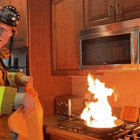 Fire
Fire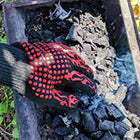 Safety
Safety Survival
Survival Protection
Protection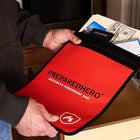 New
New
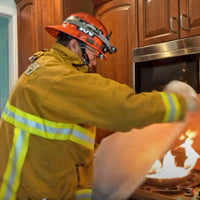 Fire
Fire Safety
Safety Survival
Survival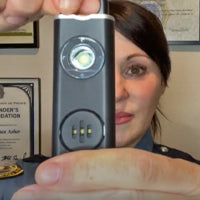 Protection
Protection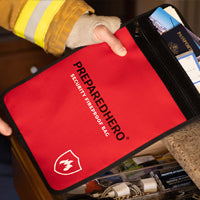 New
New
